CV-09 - Color Theory
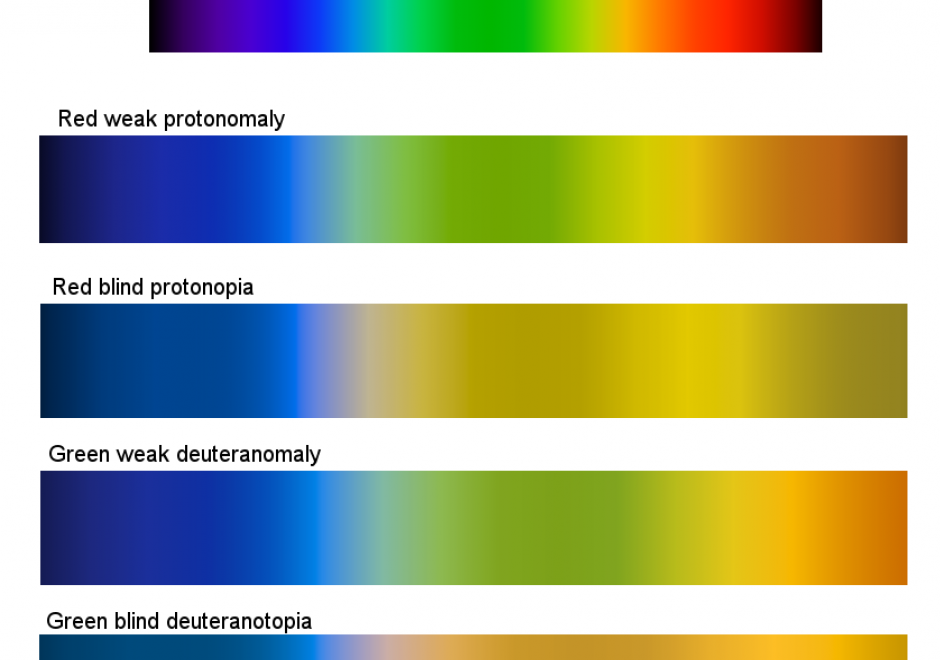
Color is the result of the visual perception of an energy source. It is described by its physical characteristics, mainly as a tridimensional variable modeled into a color space. Online tools exist to facilitate the use of color schemes to design a color palette, for artists, web designers, statisticians, etc. Colors in maps and visualizations must be combined to promote the visual hierarchy and harmony, balancing legibility, perceptual processing, and aesthetics. Color is a powerful visual variable and requires understanding the perception of color relationships. Existing color schemes are very useful to select a suitable color palette. As color is not experienced similarly across all map readers, issues about real-world connotations, conventions, specific color contrasts, and adaptation to color visual deficiencies and devices, are also to be taken into account when designing a color palette. This entry describes the main guidelines regarding color theory and related design practices as applied to map or geovisualization design.


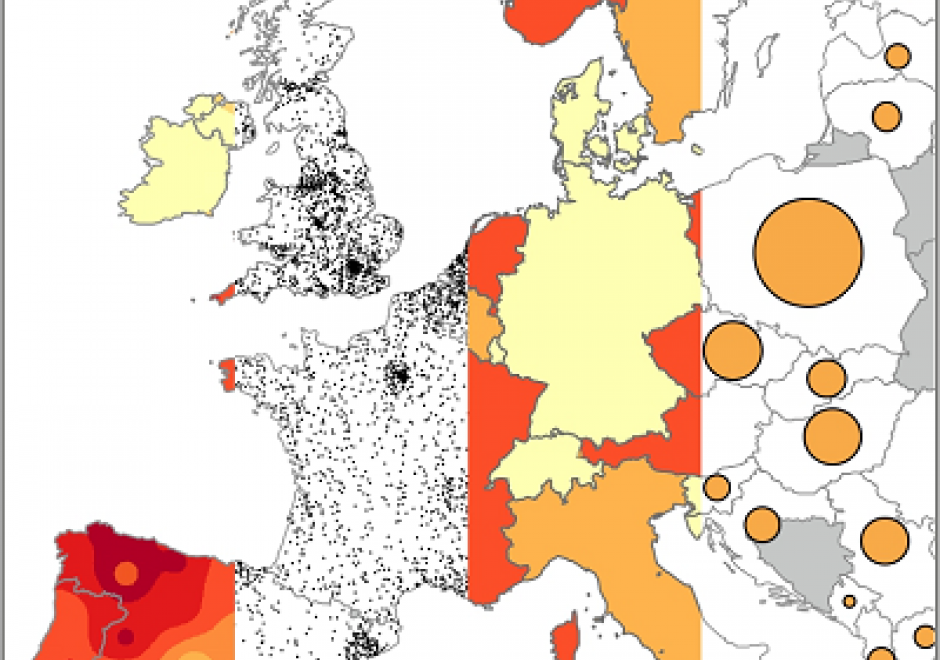
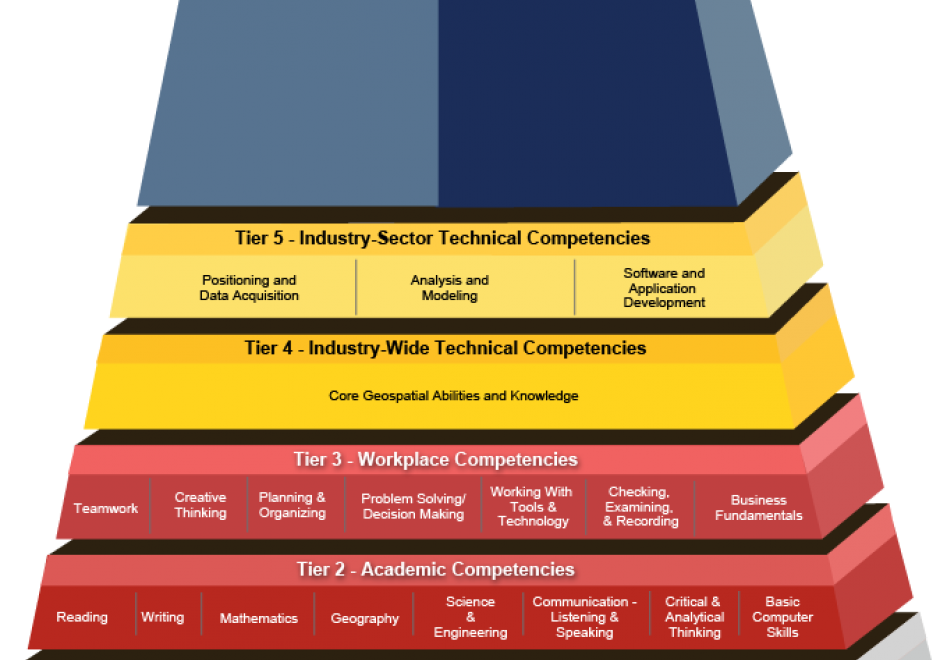
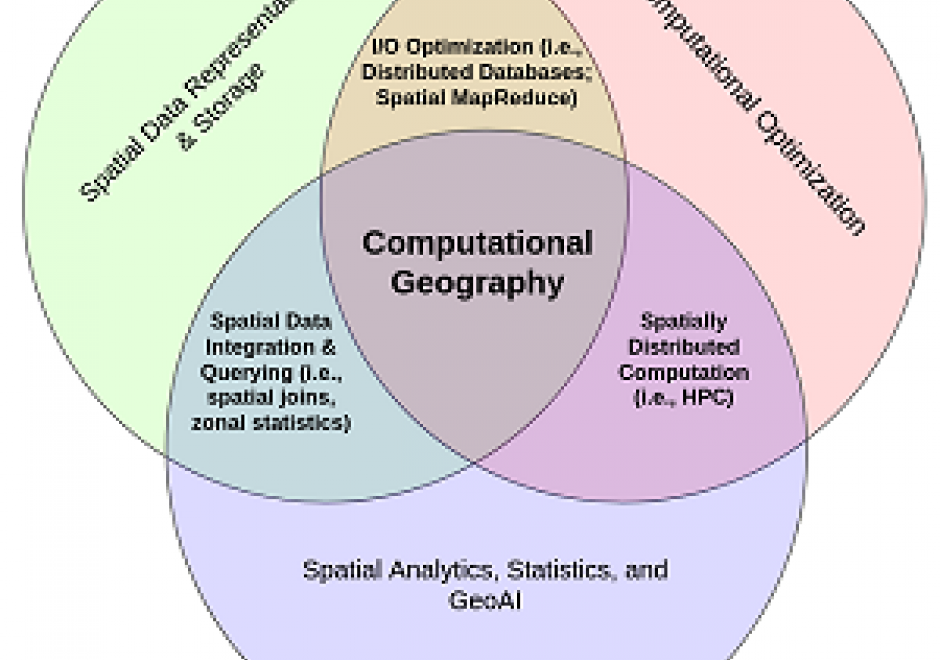

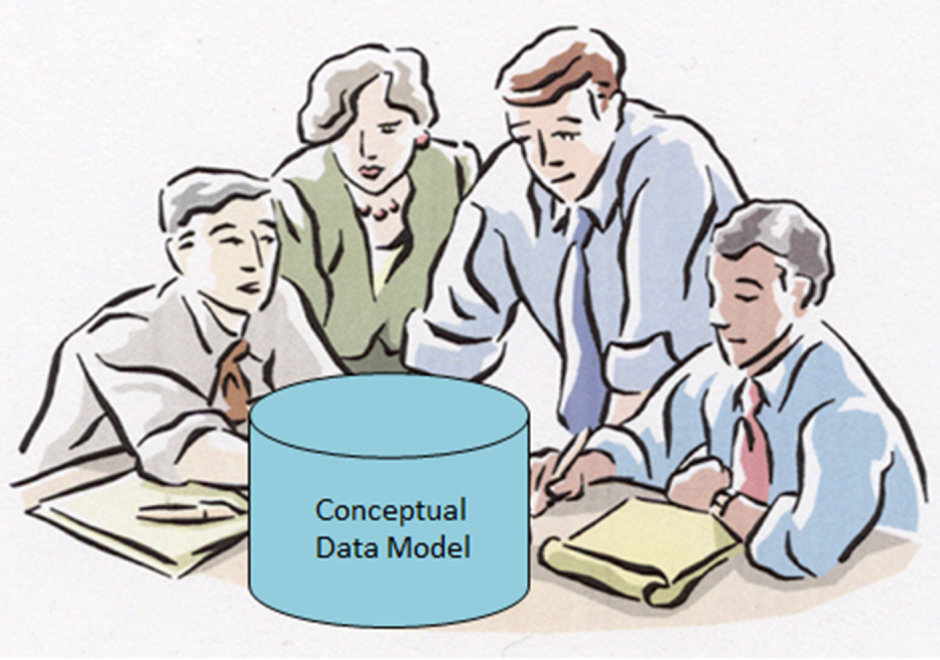
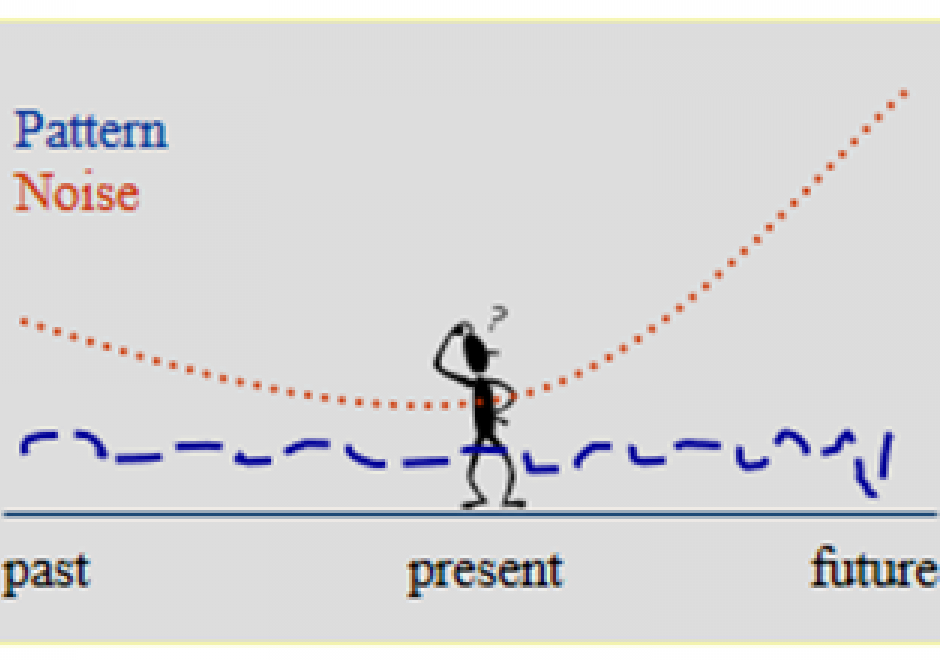
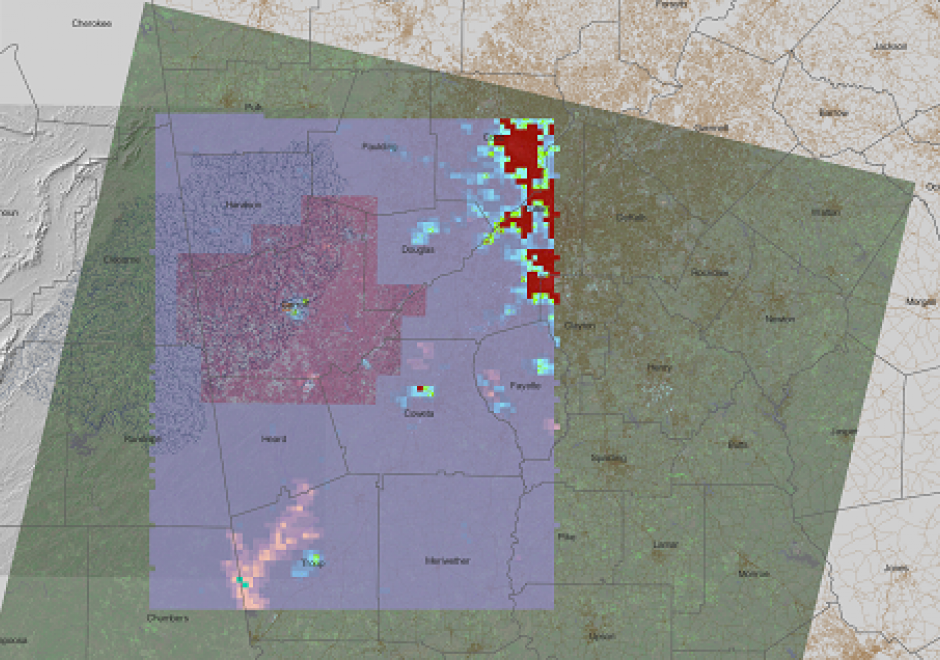
CV-42 - Collaborative Cartography
Collaborative cartography is a newly emerging approach for engaging community-centered processes of map production to represent harm caused by oppressive systems and pathways for healed futures. While mapping has a long history of engagement in activist movements, community involvement is often segmented to considerations determining the topic of the map and the subsequent supporting data-collection/validation processes. Collaborative cartography, however, ensures that communities are also central to discussions around and implementation of the design of the map. While the cartographic processes may differ from those of a professional cartographer, the term cartography and cartographer are used (rather than mapping or mapmaker) to indicate the close attention to design this technique facilitates. A collaborative cartographer commits to work that supports community control, embraces multiple forms of knowledge, and engages in non-linear and iterative process. These three key elements work together to support the production of a map whose standards of effectiveness are defined specifically by the needs, desires, and goals of those who produced it. This may lead to the creation of maps that fall outside of traditional expectations of cartographic design, aesthetic, and function. However, such creative ruptures are considered a necessary aspect in the pursuit of community empowerment and liberation.